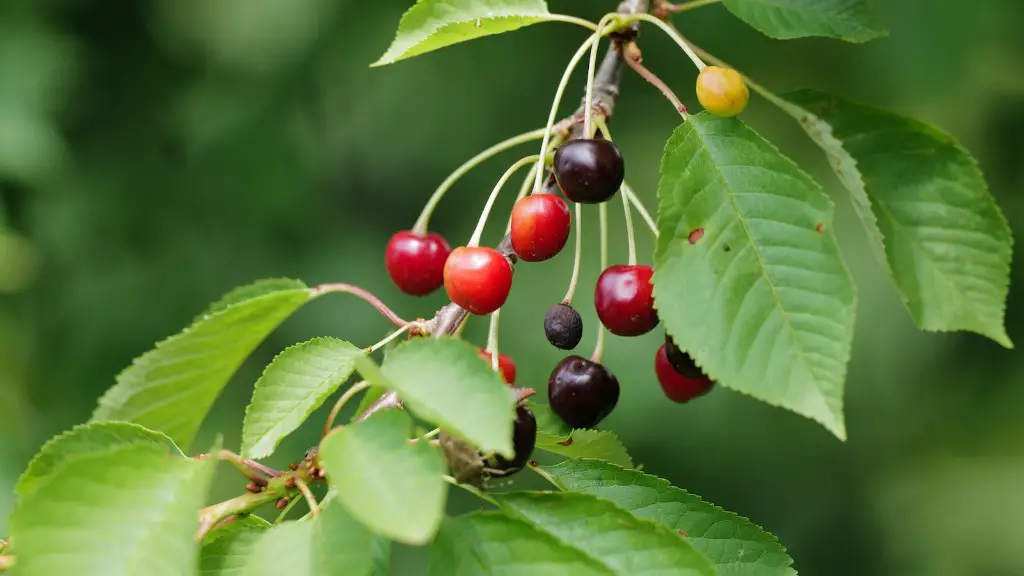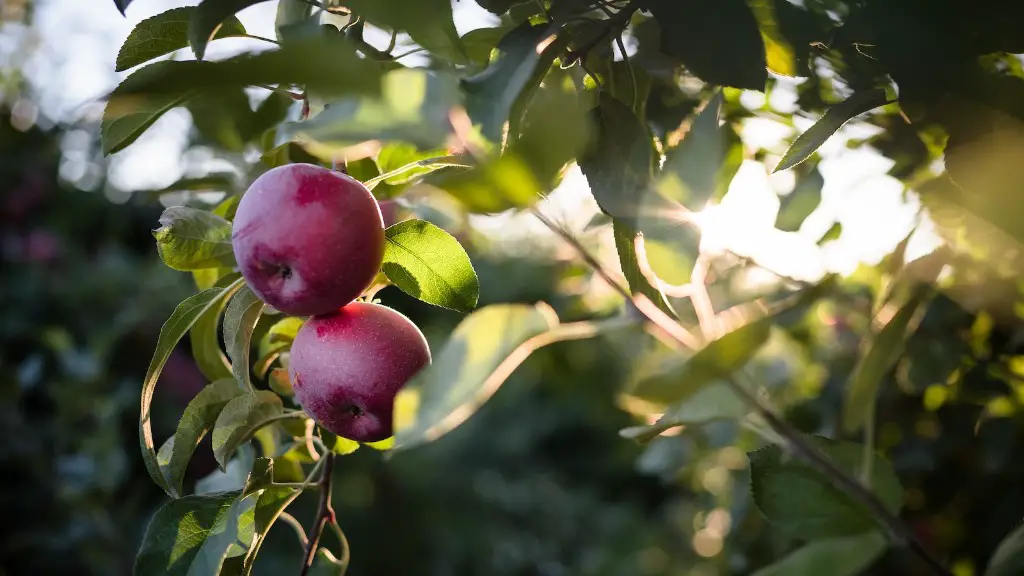Feeding your Weeping Cherry Tree Correctly
It is important for any gardener to know how to properly feed their weeping cherry tree. Taking the time to do so will help you to get the best out of the tree and give it the most productive and enjoyable life. In this article, we will focus on the nutrition needs of weeping cherry trees, including what kind of fertilizer to use, when to suggest feeding, and more.
A weeping cherry tree needs comprehensive nutrition in order to flourish. This type of tree, like other fruit trees, requires nitrogen and phosphorous in the fittest of abundance. Nitrogen helps to create foliage, while phosphorus encourages root health and the production of flowers and fruit. If these essential nutrients are not kept in check, your tree may suffer a decline in health.
In order to keep your tree in the best condition, you will need to feed it twice a year, beginning in the spring. Apply fertilizer directly to the tree’s soil, making sure to spread it equally. The best approach is to use a sprinkle of fertilizer around the perimeter of the weeping cherry’s root zone. This should happen in the early stages of spring before the tree’s leaves begin to bloom, and then again six weeks later during the mid-summer months. If you’re consistent with this schedule, you should see a positive change in your tree’s growth.
Selecting the Right Fertilizer
Although it is important to keep up the routine of feeding your weeping cherry tree, the type of fertilizer you use is just as important for the tree’s health. Choose a fertilizer specifically designed for fruit trees, as this will provide your weeping cherry with optimum nutrition. Look for one that is low in nitrogen but has a heavier concentration of phosphorus and potassium. Make sure to read the instructions on the package, as each fertilizer should be used differently.
For an organic approach, consider using compost or manure, which are both rich in phosphorus, potassium, and nitrogen. If you travel this route, it is important to note that compost can take some time to break down and release its nutrients into the soil. Manure, on the other hand, is able to release its nutrition content more quickly. Nevertheless, both are effective and nutrient-filled sources of nourishment for your weeping cherry tree.
When it comes to feeding your weeping cherry tree, it is recommended to avoid chemical-based fertilizers as much as possible. Although these products do have their place, they should not be used too often. This is because they are high in nitrogen, which can create an overwhelming number of foliage and not enough nutrient directed to the tree’s root system or fruit-producing buds. For the best balance of nutrition, consider using any combination of manure, compost, and chemical fertilizer.
Water Cycle and Sunlight
While fertilizer is vital for a weeping cherry tree’s growth, it is not the only factor that should be considered. As with any plant, water and sunlight are equally important for keeping the tree healthy. Weeping cherry trees flourish with regular watering and at least eight hours of sunlight a day. Make sure to monitor your tree throughout spring and summer months to avoid any dehydration or overexposure to sunlight.
Finding the Perfect Spot
Think carefully when deciding where to plant your weeping cherry tree. This will save you the trouble of having to move it later on. Weeping cherry trees need an even amount of sunlight throughout the day and are best planted on the south side of a building or in a sunny part of the garden. This ensures their leaves stay healthy and their ripening fruit is properly nourished. In addition, give your tree plenty of space from other trees, bushes, and plants.
It is also important to consider the wind in your tree’s location. Weeping cherry trees are especially sensitive to cold winds, and these could cause damage to its limbs. Planting a windbreak is an effective way to combat this issue. Planting an evergreen hedge or any other type of sheltering tree can dramatically improve the tree’s health and productivity.
Combatting Disease
The best way to keep your weeping cherries healthy is to prevent diseases and pests. Ask a local nursery or garden center for advice and to recommend any pest control or disease-fighting products. Making sure your tree receives sufficient water and fertilizer, and is planted in the correct soil and location will go a long way in preventing diseases.
In addition to pharmaceutical products, you can use beneficial insect supplements. Beneficial insects such as lacewings and ladybugs help reduce pest populations, and make an excellent, natural form of pest control.
Growth Habits and Tree Management
Weeping cherry trees can grow up to 16 feet tall and 12 feet wide, so it is important to prune your tree to avoid any overcrowding in the garden. If your tree is beginning to overgrow, lightly trim its leaves and branches. Pruning encourages healthier tree growth and helps to create a balance of leaves, branches and fruit-bearing buds. Also, bare in mind that sometimes pruning can be necessary to combat disease. Prune in the early spring months while the tree is still growing. This will ensure new branches can form and the tree can continue to grow without any hindrances.
Nutritional Summary
When it comes to feeding your weeping cherry tree, you can rely on a variety of fertilizers, composts, and manures for optimum nutrition. Chemical fertilizers should be avoided if possible, as these tend to be high in nitrogen. Nitrogen is great for foliage, but can sometimes be overbearing and leave your tree’s root systems and fruit-bearing buds with inadequate nutrient levels. Make sure to spread your fertilizer around the tree’s root zone and water it directly into the ground.
Water and Sunlight
Water will be your tree’s best friend and is essential for a healthy weeping cherry tree. Monitoring it throughout spring and summer months is essential as these periods can be particularly hot and dry. It is always important to make sure your tree is receiving the right amount of water. Trim the leaves in early spring to encourage new growth, and make sure the weeping cherry has enough sunlight. Plant it on the southern side of a building or somewhere in the garden that catches the most light. Plants need the right environment to thrive, so it is important to find your weeping cherry tree the right spot.
Preventing Diseases and Pests
It is important to keep your weeping cherry tree free from diseases and pests as much as possible. Consult with a local nursery or garden center for recommended products and to ask for advice. You can also use beneficial insect supplements, such as lacewings or ladybugs, to help reduce pest populations. Taking the necessary precautions to care for your tree will ensure it stays healthy and can reach its full potential.
Considering Climate
Another consideration when caring for a weeping cherry tree is the local climate. The ideal temperature range for these types of trees is between 45-75 degrees Fahrenheit. If you live in a region that is too hot and dry during the summer months, consider planting your tree in a shaded area. This will ensure the tree is protected against extreme temperatures and hearty winds. Alternatively, some trees are more tolerant of warmer climates, such as achillea, alyssum, and chamomile.

